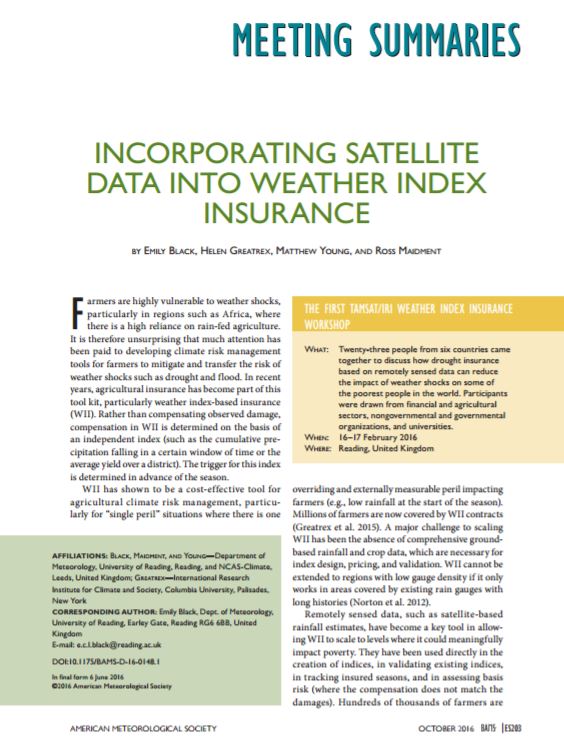
- Import weathercat data into weather display how to#
- Import weathercat data into weather display update#
- Import weathercat data into weather display full#
Import weathercat data into weather display full#
Meteotemplate supports many different programs, however, if you want to use Meteotemplate to its full potential, all of its features and ensure highly accurate and reliable data, then the best way is to use the Meteotemplate API. users - currently used by over 1000 users from over 60 different countries.

Import weathercat data into weather display how to#
done via graphical user interface, no need to know how to code at all GUI setup - all settings, updates etc.modular structure - build your own homepage from over 200 different widgets (blocks), new ones being added regularly (forecasts, station data, earthquakes, maps, astronomy, Twitter feed, RSS feed, radar images, models, warnings, world weather, world time, images etc etc.).highly customizable - choose from over 400 design themes, many fonts and overall look setting, choose your preferred units.detailed statistics - data from your weather station, including interactive graphs, sortable tables and interesting visualizations.Now that we know the stn and wban numbers for these stations, we can pick any of them and visualize the results: SELECT TIMESTAMP('2015'+mo+da) day, AVG(min) min, AVG(max) max, AVG(IF(prcp=99. Note that we had to treat "rain" in a special way: When a station doesn't monitor for rain, instead of null, it marks it as 99.99. That's good! We found 4 stations with data for Austin during 2015. The following query looks for stations around Austin, and the column c looks at how many days during 2015 have actual data: SELECT state, name, FIRST(a.wban) wban, FIRST(a.stn) stn, COUNT(*) c, INTEGER(SUM(IF(prcp=99.99,0,prcp))) rain, FIRST(lat) lat, FIRST(lon) longįROM a To solve the second problem, we need to join the stations table with the actual data we are looking for. Not every station found in this file has been operating every year - so we need to find stations that have data during the year we are looking for.So don't give up if you don't find the station you are looking for here. Not every known station is present in that table - I need to get an updated version of this file.This approach has 2 problems that need to be solved: WHERE country='US' AND state='TX' AND name CONTAINS 'AUST' So to find all the stations in Austin, TX, we would use a query like this: SELECT state, name, lat, lon

The table contains the name of known stations, their state (if in the US), country, and other details. To retrieve the historical weather for any city, first we need to find what station reports in that city. SELECT year, FORMAT('%s%s',mo,da) day ,minįROM `fh-bigquery.weather_gsod.stations` a
Import weathercat data into weather display update#
Update 2017: Standard SQL and up-to-date tables: SELECT TIMESTAMP(CONCAT(year,'-',mo,'-',da)) day, AVG(min) min, AVG(max) max, AVG(IF(prcp=99.99,0,prcp)) prcpįROM `bigquery-public-data.noaa_gsod.gsod2016`Īdditional example, to show the coldest days in Chicago in this decade: #standardSQL ORDER BY ST_DISTANCE(ANY_VALUE(point_gis), (SELECT * FROM city)) SELECT name, state, ARRAY_AGG(STRUCT(date,temp) ORDER BY temp DESC LIMIT 5) top_hot, MAX(date) station_untilįROM `fh-bigquery.weather_gsod.all_geoclustered`ĪND ST_DISTANCE(point_gis, (SELECT * FROM city)) 2018

Note that this query processed only 28MB thanks to a clustered table.Īnd similar, but instead of using the station name I'll use a location and a table clustered by the location: WITH city AS (SELECT ST_GEOGPOINT(-122.465, 37.807)) Updated daily - or report here if it doesn'tįor example, to get the hottest days for San Francisco stations since 1980: SELECT name, state, ARRAY_AGG(STRUCT(date,temp) ORDER BY temp DESC LIMIT 5) top_hot, MAX(date) active_until WHERE name='SAN FRANCISCO INTERNATIONAL A'


 0 kommentar(er)
0 kommentar(er)
